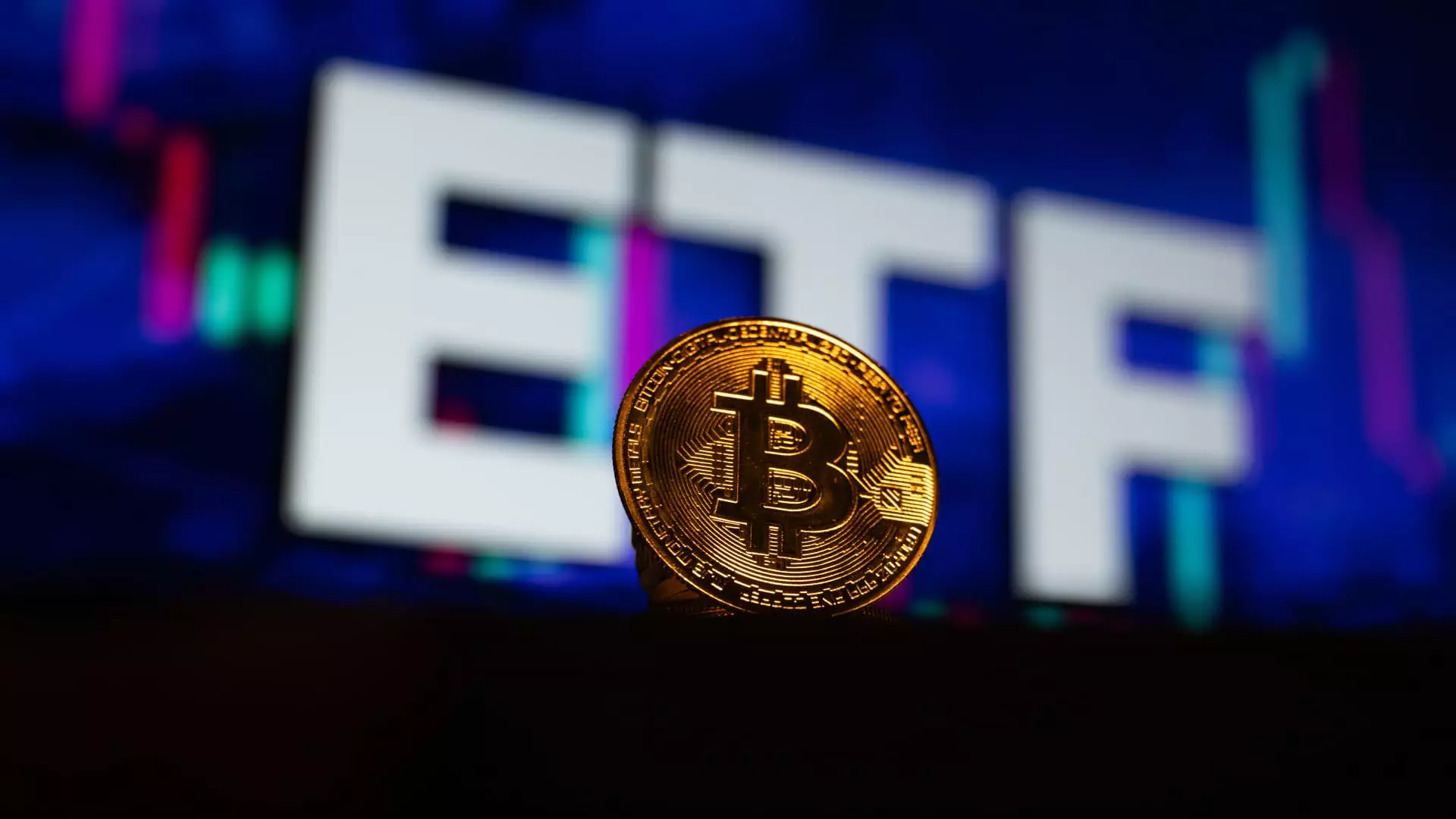In the constantly evolving landscape of cryptocurrency, exchange-traded funds (ETFs) have emerged as powerful instruments, capable of transforming institutional adoption and inflating the market value of digital assets significantly. The success story of Bitcoin ETFs, which debuted last year, is a remarkable case study. However, as we delve into the anticipated developments for cryptocurrency ETFs in the coming year, it becomes apparent that the edge of innovation may not necessarily correlate with sustained demand.
The launch of Bitcoin ETFs, particularly under the auspices of prominent firms like BlackRock, has been viewed as one of the most successful ETF introductions in history. Garnering an astonishing $36 billion in net new assets within their first year, these funds have facilitated extraordinary institutional engagement, effectively doubling the overall market valuation of cryptocurrencies to remarkable heights. Bitcoin’s initial foray into the ETF landscape triggered enthusiasm among investors and institutions alike, marking a critical shift in perception towards cryptocurrencies as viable investment vehicles.
However, as the market breathes the potential of new cryptocurrency ETFs, contrasting patterns are emerging. Early predictions indicate that upcoming crypto funds are likely to face lackluster demand compared to their Bitcoin counterparts. Despite a burgeoning interest in cryptocurrencies like Solana, XRP, and Litecoin, analysts, including those from JPMorgan, caution that the vibrant influx of assets seen with Bitcoin ETFs may not replicate itself. Each potential ETF may attract mere fractions of investment compared to Bitcoin, indicating a need for further substantiation regarding the viability of these digital assets.
While funds linked to Bitcoin have reached an impressive $108 billion market cap, the anticipated appetite for newer cryptocurrencies falls short. For instance, while Ethereum ETFs have emerged silently, their market share barely grazes 3% of the total Ether market capitalization. Projections for freshly proposed ETFs tied to popular altcoins like Solana, which boasts a total market cap of $91 billion, suggest that they may lure an estimated $3-$6 billion in net new assets – a stark contrast to the monumental attraction Bitcoin enjoyed. XRP’s current market capitalization is around $146 billion, but even it is predicted to attract a modest $4-$8 billion with a dedicated ETF.
JPMorgan analysts highlight a disturbing trend: the disparity in market capitalizations influences the degree of investor interest and, consequently, the potential success of these ETFs. With the premise that the less prominent tokens simply do not command the collective attention or trust that Bitcoin maintains, any forthcoming launch looks less promising in terms of drawing substantial investments.
Regulatory Outlook: A Potential Game Changer
A significant factor looming over the crypto landscape is the evolving regulatory environment. The anticipated shift in management within Congress and the White House promises to shape the trajectory for crypto businesses. As indicated by JPMorgan’s Kenneth Worthington, regulations will dictate the nature of newly launched products and services. The potential for a more favorable regulatory framework can invigorate the crypto ecosystem, yielding fertile ground for innovative ETF products.
Tyron Ross, President of 401 Financial, echoes this sentiment, emphasizing that while he does foresee a healthy demand for Bitcoin ETFs moving forward, it is unlikely to replicate the explosive growth observed last year. He cites the essential role of investor education and common inertia among financial advisors who procure their model portfolios devoid of crypto exposure. Without a paradigm shift in the perception of cryptocurrencies and their integration into model portfolios, the anticipated growth and enthusiasm may not reach the staggering heights witnessed in 2024.
The crypto ETF arena stands at a pivotal intersection of innovation and cautious optimism. While Bitcoin models have indeed scripted a success narrative that many wish to replicate, the path ahead for new entrants appears riddled with challenges. Limited capitalizations, regulatory uncertainties, and a general investor unease may stifle enthusiasm for upcoming cryptocurrency ETFs.
As the industry forges ahead, embracing new technologies and regulatory shifts, key stakeholders must recalibrate their expectations. The evolution of cryptocurrencies into established investment vehicles may require broader recognition, education, and structural adjustments in the investment landscape. Only time will tell whether the anticipated innovation will translate into tangible results, but the overarching sentiment remains clear: moving forward demands a nuanced understanding of market dynamics and an expansive view of the broader crypto economy.

